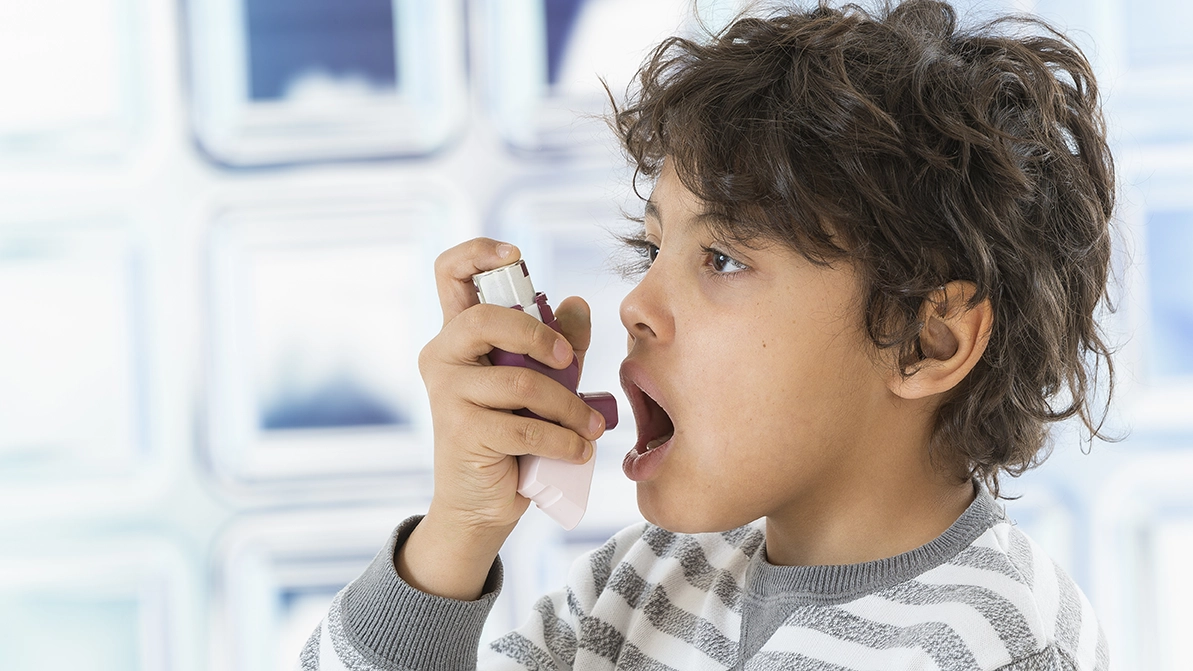Going Green in (Clinical) Practice
Speaker: Joany Zachariasse, Netherlands
Introduction:
The session presented a comprehensive overview of integrating sustainability into hospital practice, led by a clinician from the Erasmus Medical Centre in Rotterdam. As a member of both national and European pediatric sustainability committees, the speaker emphasised the dual responsibility of healthcare professionals to treat patients and improve the environments contributing to ill health, particularly in highly polluted regions like parts of The Netherlands.
The Rationale for Sustainability in Healthcare:
The motivation for sustainable healthcare practice stemmed from the realisation that many health issues, such as pulmonary diseases and prematurity, are exacerbated by environmental pollution. The speaker underscored that clinicians cannot limit their roles to prescribing treatments; they must also work to mitigate environmental factors affecting patient health.
Forming a Green Team: Structure and Strategy:
A key recommendation was to establish a sustainability working group or ‘green team’, consisting of interdisciplinary stakeholders such as clinicians, nurses, support staff, and administrative leaders. Diversity within the team ensures both grassroots participation and executive support, allowing regulatory and operational changes. Starting small—within a department or ward—was encouraged to generate early, visible wins and boost engagement.
Planning and Prioritising Interventions:
The session introduced two planning tools to guide project selection:
- Impact-Effort Matrix: Helps prioritise projects based on their expected impact and ease of implementation. Quick wins (high impact, low effort) are optimal starting points.
- The R-ladder of Circularity: Emphasises that reducing resource use has greater environmental impact than reusing or recycling. Recycling, though visible, often overlooks upstream emissions from manufacturing and logistics.
Practical Interventions:
- Numerous real-world interventions were highlighted:
- Behavioural nudges: Stickers near elevators promoted stair use by showing carbon savings and health benefits.
- Reusable coffee cups: Posters encouraged staff to avoid disposable cups.
- Paper recycling: Exam couch paper was collected for recycling in partnership with waste services.
- Materials reduction: Projects targeting urinary catheterisation and desiccant line usage led to reductions in material use and cost savings.
- Transport mapping: A visual map guided staff on which destinations could be reached by train, encouraging lower-emission travel to conferences.
Education and Cultural Change:
Educational efforts included resident sustainability training and yearly workshops at national pediatric conferences. These efforts aim to normalise sustainable practices and integrate them into clinical culture.
Key Messages and Call to Action:
The speaker concluded by stressing that while not everyone may join a green team, everyone can integrate sustainability into their daily roles—whether in prescribing, education, or policy-making. Communication is key; talking openly about sustainability and individual actions (e.g. taking the train) creates a ripple effect that normalises environmental responsibility in healthcare.
Carbon Footprint of Antibiotics in Children
Speaker: Emma J. Lim, United Kingdom
Introduction:
Dr Emma Lim’s presentation delivered a compelling examination of the intersection between pediatric prescribing practices and environmental sustainability, with a particular focus on the carbon impact of antibiotics. Positioned as a professional call to action, the session provided data-driven insights into how pediatricians can reduce unnecessary antibiotic use, improve clinical practice, and mitigate the environmental footprint of their prescribing behaviour.
The Climate-Health Nexus in Pediatrics:
Dr Lim began by framing the urgency of climate change through personal and regional experiences with extreme weather, including deadly flooding across Europe and increasing prevalence of vector-borne diseases like dengue and chikungunya due to the spread of the Aedes albopictus mosquito. Highlighting the unique vulnerability of children to climate-related health hazards, she stressed the importance of proactive engagement from pediatricians in both advocacy and practice.
Healthcare’s Carbon Burden:
Healthcare contributes approximately 5% of global carbon emissions, with 20% attributable to pharmaceuticals and medical equipment. Within this segment, antibiotic overprescription—particularly in pediatrics—is a major concern. Dr Lim referenced data from the MAFISH study, showing antibiotic prescription rates for febrile children ranging from 22% to 40%, with a significant portion of prescriptions being unnecessary and inappropriate.
Carbon Footprint of Medications: A Life Cycle Approach:
- To quantify the impact of drug use, Dr Lim introduced the life cycle assessment (LCA) model, which tracks carbon emissions from raw material extraction to disposal. A case study on amoxicillin compared the environmental cost of syrup versus tablet formulations:
- Packaging and distribution alone: Syrup had 3× the carbon emissions of tablets due to increased plastic, bulk, and logistics.
- When factoring in full LCA including drug synthesis, 98% of the total emissions came from the drug production itself—not the packaging.
Environmental and Clinical Cost of Liquid Antibiotics:
Dr Lim offered a stark critique of liquid antibiotics:
- Poor adherence: Difficult taste and multi-dose schedules reduce completion rates.
- Refrigeration requirement: Adds energy consumption.
- Higher cost and waste: Liquid formulations cost up to 40× more than tablets.
- High wastage: Up to 85% of a bottle is wasted in infants due to oversized packaging.
- Resistance risk: Unused liquids are often kept at home, reused unsafely, or improperly discarded—contributing to environmental contamination and antimicrobial resistance.
Sustainable Prescribing Practices:
Dr Lim outlined core strategies aligned with antibiotic stewardship:
- Avoid unnecessary prescriptions, especially for viral infections.
- Use delayed prescriptions when uncertain—allowing time to assess clinical progression.
- Minimise course length where clinically safe.
- Prioritise solid oral formulations when age-appropriate.
- Train children over 5 years to swallow pills using resources like KidsMed.
- Engage manufacturers to produce smaller-volume bottles or more concentrated formulations.
- Educate clinicians and families on rational drug use.
- Scaling up even modest interventions—like eliminating one unnecessary dose across half of UK children prescribed antibiotics—could save 100,000 trees annually.
Conclusion:
Dr Lim concluded by reaffirming that climate change is a pediatric health emergency, and that sustainable prescribing protects both children and the planet. She urged clinicians to act now—not only as caregivers but also as environmental stewards—by integrating climate-conscious decision-making into daily medical practice.
She credited her team and collaborators for their contributions and closed with a call for clinicians to commit both personally and professionally to more sustainable healthcare practices.
ESPID 2025, 26-30 May, Bucharest




